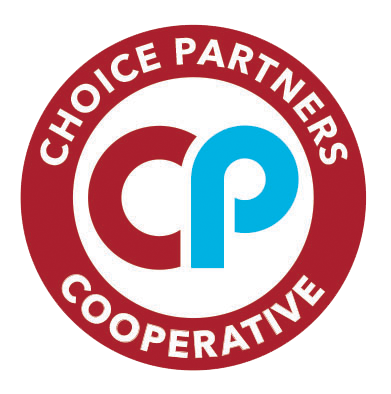STRUCTURED CABLING

STRUCTURED CABLING
Our technicians are trained and certified to install Hubbell Premise Wiring solutions to industry standards. We install the following, including but not limited to:
- CAT 5e, CAT 6, and CAT 6a
- Fiber optics
- Speaker/paging horns
- Surveillance cameras
- Wireless Access Points
- HDMI and coaxial cable
What Is Structured Cabling
Often used for businesses, structured cabling is a system of cables and hardware that together create a complete telecommunications infrastructure. The uses of this telecommunications infrastructure are almost endless. For example, it can connect to a computer network to transfer data instantly, or provide telephone service. Structured cabling is not dependant on any one device but rather works to connect all existing devices. A structured cabling system belongs solely to the business that uses it; it is the service provider’s responsibility to connect to the cable system at the point of demarcation (where the service provider’s responsibility terminates). In installing a phone system, for example, the service provider provides service lines then connects them to the structured cabling system at the point of demarcation.
One reason why structured cabling should be left to certified professionals is that each structured cabling system is totally unique. There are many factors that can contribute to required variations in structured cabling systems. These differences include, but are not limited to:
- The specific type of cable and associative connecting hardware
- The desired function(s) of the structured cabling and other unique client needs
- The physical design and layout of the building that houses the cabling
- The condition and type of any existing cabling system
- The current (and potential future) types of equipment that the cabling will need to support
Each structured cabling installation should be catered to the specific needs and environment of the client. At the same time, installation should be standardized as much as possible in order to ensure that it will work seamlessly with all devices and other existing cabling systems. The American National Standards Institute, along with TIA/EIA, publishes proper procedural standards for creating, installing, and maintaining structured cabling systems. These standards should be followed closely with each cabling project to avoid malfunctions and frustrations down the line. Amateur techies, no matter how skilled, simply will not be familiar enough with these industry-specific standards.
What Is Cat 5?
Cat 5 is the most mainstream cables you’ll find, Cat5 is used as network cables, to connect computers and servers to modems and ultimately, Internet Service Providers. Luckily over the years, Cabling has evolved to keep up with the new technologies. The between the CAT 5 and the newer version CAT 6 is not only speed but also reduced “crosstalk”
What Is CAT 6?
CAT 6 Cables (category 6)is a standardized twisted pair cable for Ethernet and other network physical layers that is backward compatible with the Category 5/5e and Category 3 cable standards. CAT 6 cables provide higher performance. If Cat 6 rated patch cables, connectors, and jacks are not CAT 6 Compatible, overall performance is degraded.
What Is “Cross-talk”?
Crosstalk is the interference of data being transferred due to a bunch of cables being to close to each other. CAT 5 Cables emit electronic signals, but when too many are nearby those signals get mixed up. Causing Errors, and a loss of data transfer.The newer forms of CAT cable, (CAT6 and CAT6 A) reduce the amount of crosstalk through a variety of methods, including improved shielding and twisted cable design.

